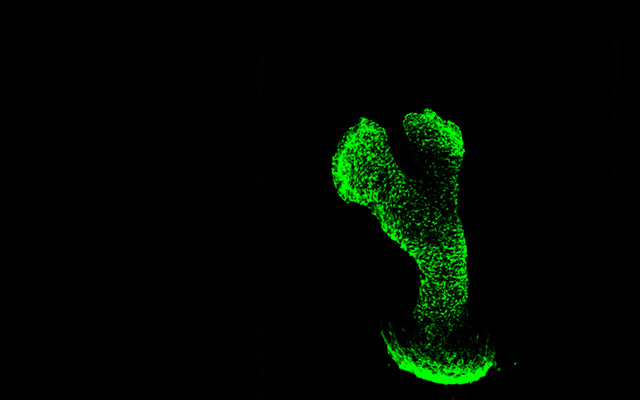Research Progress on the Notch Signaling Pathway in the Somite Segmentation Clock
DING Baojun1, DENG Yaxin1, ZHANG Zhen1,2*
Somite segmentation clock is a molecular oscillation system that regulates the periodic formation of somites during the development of vertebrate embryos. It drives the somites to generate along the anterior-posterior axis of the embryo at a fixed time interval. The Notch signaling pathway plays a crucial role in this process by regulating the oscillatory expression of genes such as Hes7 and Dll1, accurately coordinating the period of somite segmentation clock with the formation of body segment boundaries. This process relies on the precise interaction of various molecules, and any disturbance of these regulatory steps can lead to abnormal body axis development. In recent years, significant progress has been made in exploring the involvement of the Notch signaling pathway in the process and molecular mechanisms of somite segmentation clock through new research techniques such as singlecell transcriptome sequencing, optogenetics, and live cell imaging. This review aims to clarify the role of the Notch signaling pathway in somite segmentation clock, explore the diseases that may be caused by its dysregulation, and based on current technological means, look forward to the issues that still need to be studied in the Notch signaling pathway in somite segmentation clock, in order to provide new ideas and perspectives for the research of somite development and related diseases.




 CN
CN EN
EN